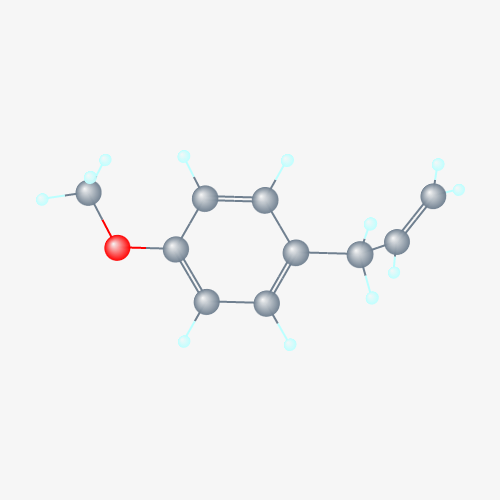 It is thought that the ancient peoples of our world once thought of basil as an elixir of love . Although this is a picturesque thought, I’ve not found a single reliable historical source on the topic. Regardless, every time I mix basil leaves with cucumbers in a tall glass of ice water, it refreshes and strengthens me on even the hottest days of summer. Love? Maybe not, but basil has other interesting properties that are worth taking a look at.
It is thought that the ancient peoples of our world once thought of basil as an elixir of love . Although this is a picturesque thought, I’ve not found a single reliable historical source on the topic. Regardless, every time I mix basil leaves with cucumbers in a tall glass of ice water, it refreshes and strengthens me on even the hottest days of summer. Love? Maybe not, but basil has other interesting properties that are worth taking a look at.
Most of us know basil as a humble plant that we can add to nearly any dish. It spices up meat, gives tomato sauces that extra depth we crave, and adds a tang to water. It’s related to peppermint, which is why it has a spicy scent, is deliciously aromatic, and unbelievably addicting whether fresh, dried, or pulped into a pesto dipping sauce. We all know of it’s uplifting properties by that spicy zing we get when we sample a basil leaf fresh off the bush, spread pesto over our sandwiches, or make our tomato sauce more interesting. What is it that gives basil its punch that we keep going back to time and time again?
Basil leaves are rich in estragole, a natural compound found in an array of trees and plants, including turpentine (pine oil), anise, fennel, bay, tarragon, and basil. This estragole is responsible not only for the zing in the flavour, but also the indications of relieving an upset stomach while it stimulates the appetite and digestive juices. It’s also a known analgesic and anti-inflammatory. Beyond that, estragole can even help the removal of scabies by killing the mites within an hour .

Estragole, the wonder molecule that makes basil taste and smell amazing.
However, care must be taken when using basil as an herbal remedy, as estragole is also shown to be a potential genotoxin in the presence of “PAPS” — which means it can attack the genetic structure of your cells and cause cancer. A small dosage won’t hurt you, but combined with a sulphite or phosphate that can contribute to creating PAPS, and you’re upping your chances for a chemical reaction in your genetics you’d not appreciate. When the coenzyme known as PAPS runs out, the left over estragole molecules start misbehaving and may attack your precious genetic structures.
On the other hand, more recent, and frankly probably more reliable study than the State of California’s EPA which always finds that things can cause cancer, has found that basil may play a role in preventing cancer with it’s antioxidant properties .
In other words? You have an infinitesimally small chance of getting a genetic mutation from using basil oil. If you’re worried or have a predisposition to genetic problems, use a dilute form of the concoction you are wanting to prepare. This would mean instead of using a 1% solution of basil oil in a lotion, use a 0.5% solution. But, it would also seem that the main worry is from ingesting pure basil essential oils, not from eating basil in food or even using it in lotion.
Growing and using basil
Basil is one of the easiest herbs grow. All you need is a moderately sunny area and well draining soil. As it grows, you may harvest the leaves. (Tip: Pinch off the top leaves to make the bush spread more.) As long as you keep the bush pruned back, it will continue producing as many leaves at it can for your harvest. In the late summer, you will see the flower stalk begin to form, and this will attract a fresh round of bees. If you live in temperate climates, you’ll be able to plant a new bush or seedlings as soon as the first frost is past. Otherwise, enjoy the use of a perennial bush for the rest of you in tropical climates! Other uses for basil are: A group favourite at Insanitek is the traditional basil pesto: 4 cups fresh basil leaves GC/MS report for Holy Basil (basil native to India) courtesy of Aromatics International.
1 cup grated Parmesan cheese
1/2 cup olive oil
3/4 cup pine nuts
3 T minced garlic
salt and pepper to taste
In a blender or food processor, chop the nuts and basil. Add the garlic and blend. Open the top and slowly add the oil. Finish with the cheese and spices. This makes enough to use now and freeze half for later.
References

